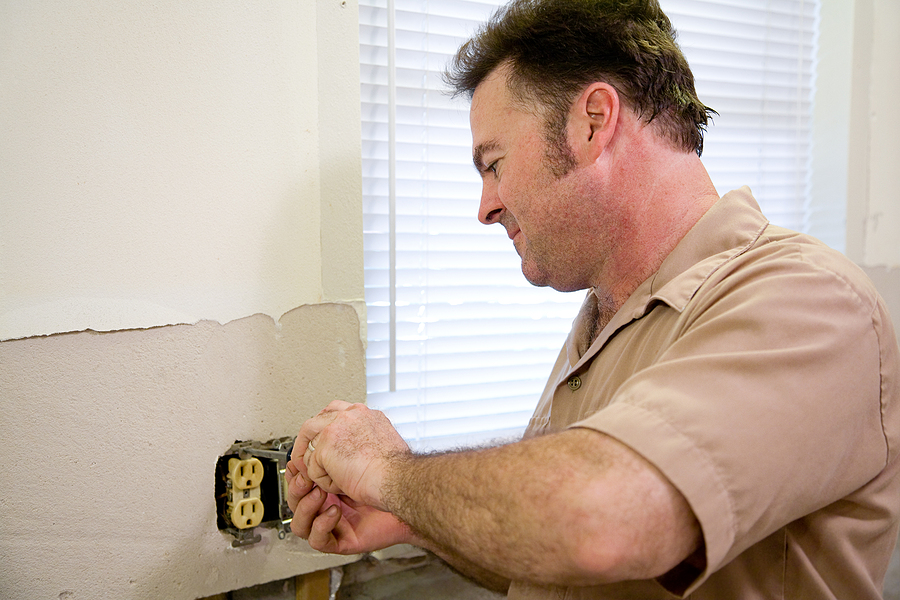Purchasing a home is a significant decision with long-term financial implications. However, once you become a homeowner, you will also have to make other serious decisions as well. Over time, you will need to make repairs to your home. For example, you may need to make more room to accommodate new family members, and there may be parts of the home that do not suit your personal needs or preferences.
You can opt to move to a new property or you can pursue a home improvement loan to renovate your existing one. Those who opt to upgrade their existing home have the potential of increasing their property value without the cost of relocating.
There are several things you need to consider if you are planning to pursue a home renovation loan. These considerations include the best type of loan for your personal needs and your home improvement priorities that must be financed.
Assessing Your Needs
Consider your home improvement needs and wants. Some improvements may be essential upgrades. This can include faulty wiring that must be replaced as soon as possible to prevent damage to electronic devices and electrical fires. There may also be alterations that are priorities. Growing families may need to add a second bathroom. You may wish to replace old windows in order to prevent drafts and save on your heating and air conditioning costs. Perhaps you need assistance with a garage door that won’t easily open or close anymore. You can try some garage door lubricant in this case. They work really well.
Turn to trusted professionals to determine the cost of the renovations. For example, RW Garage Doors provide expert garage door opener repair services. These professionals can present all of your options for repairing or replacing your existing door. They offer a range of doors, including steel, glass, and wood doors. You can be confident that you will have all of the information needed to determine the cost of repairing or replacing your existing door when you ask for estimates from trusted professionals.
Determining the Amount

Consult professionals for all of your renovation needs and ask for estimates. Once you have these amounts you can determine the total potential cost of the renovation loan that you need. It’s a good idea to leave some wiggle room in your budget for unforeseen costs. For example, bathroom and kitchen renovations may expose mold or corroded pipes that you did not expect to replace.
You may need to prioritize your renovations and remove some of your items from your list if your repairs are extensive. Focus on essential safety needs first. If you still have room in your budget after addressing those renovations you can add some of your preferred upgrades to the list. You should also pursue estimates from professionals to determine how much your home’s value will increase after the renovations are complete. This can keep you from spending more on repairs than you would recover when you sell your home.
Loan Options

Your location may affect the loan options you have to choose from. If you live in Australia, you can choose to refinance existing home loans to cover the costs of renovations or apply for a line of credit that you use to pay for upgrades. The professionals with loans.com.au can outline your financing options. Their website also has tools that can calculate your new monthly mortgage payments based on the amount you refinance your loan for. You can evaluate your options before beginning the line of credit or refinancing application process.
If you’re in the US, you can consider an FHA (203K) loan. FHA (203K) loans combine the purchase price of the house with the cost of renovations so that new homeowners have financing for upgrades. The CHOICERenovation loan can also be used to combine the cost of renovations with your existing mortgage payments. You can also consider opening a line of credit to finance home improvements.
Choosing a Loan
Once you have determined the amount of money you need to cover your renovation costs you can effectively evaluate your loan options. Consider how much the loan would increase your monthly mortgage payments if you opt to pursue a loan that combines the cost of renovations with your mortgage. Review the repayment terms for a line of credit. If you have financial flexibility you may be able to save money by repaying the loan in a shorter period of time.
It is important to consider the long-term impact of adding a renovation loan to your existing mortgage because you will pay interest on that loan for several years. Comparing home loan options and evaluating your essential improvement needs can ensure that you choose the best loan for your personal needs.
Image Source: BigStock.com (licensed)
Site Disclaimer
The Content in this post and on this site is for informational and entertainment purposes only. You should not construe any such information or other material as legal, tax, investment, financial, or other advice. Nothing contained on our Site constitutes a solicitation, recommendation, endorsement, or offer by HII or any third party service provider to buy or sell any securities or other financial instruments.
Nothing in this post or on this site constitutes professional and/or financial advice. You alone assume the sole responsibility of evaluating the merits and risks associated with the use of any information or other content in this post or on this site.
You recognize that when making investments, an investor may get back less than the amount invested. Information on past performance, where given, is not necessarily a guide to future performance.
Related Categories: Home, Reviews








